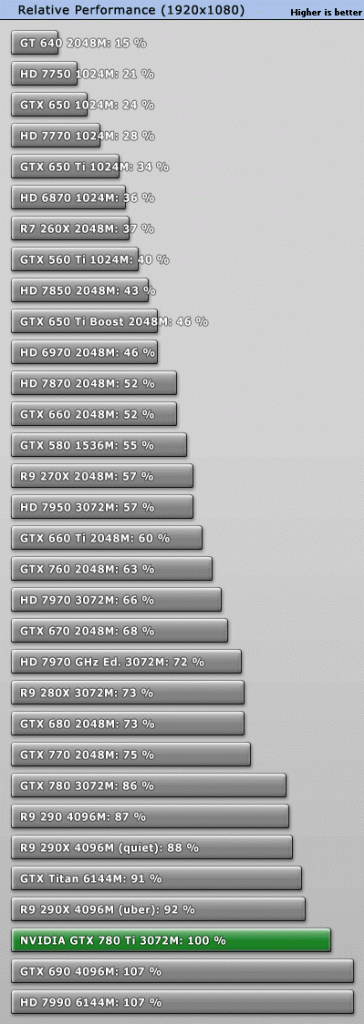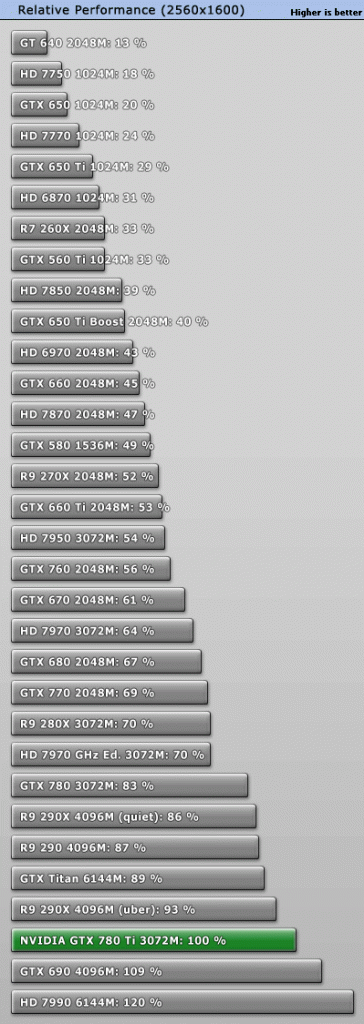Caporegime
- Joined
- 30 Jul 2013
- Posts
- 29,674
Also if it sips power in such a frugal way, why has it been suggested that it will use a hydro cooling solution as a lot of previous leaks have stated.
Design it with watercooling from the outset/ground up, unlike any other GPU thus far (to my knowledge) and I who knows what the benefits are across the board?








